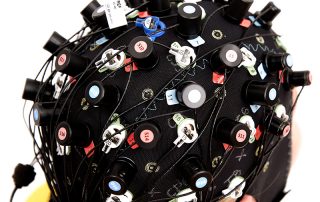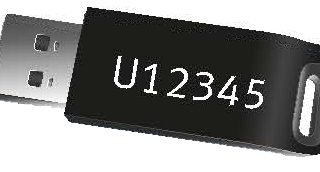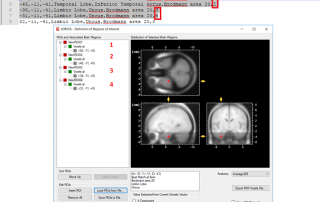A “how-to” guide on combining Brain Products equipment for Sport Psychophysiology
In this article, we provide you with an example on the “how-to” of acquiring and analysing sport psychophysiology data. Given the potential complexity of the topic, we decided to focus on the concrete example of golf putting. However, our hope is to provide you with a general idea that you can re-shape and adapt to other sport movements that are of interest to your research question.








